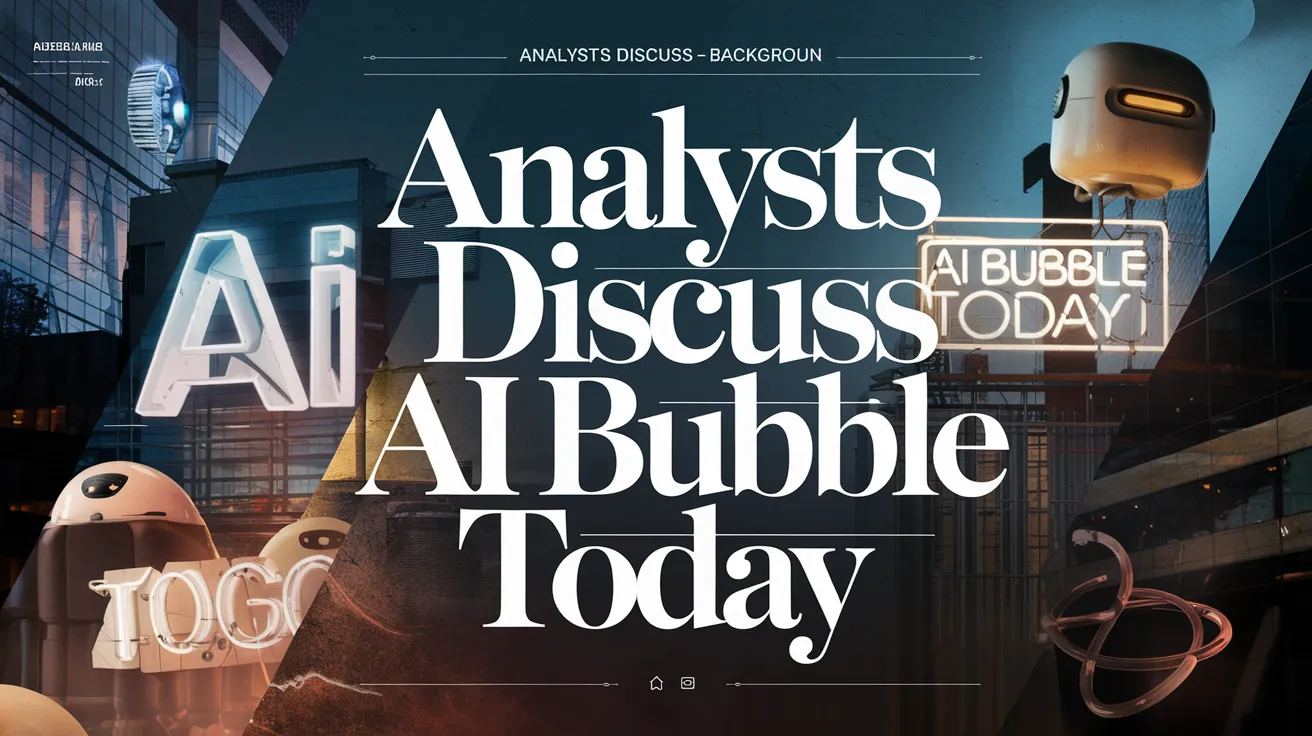Analysts Discuss AI Bubble Today

Recent unusual deals in the AI ecosystem have sparked debate regarding the possibility of an impending AI bubble. While some market observers express concern that the current activity mirrors the speculative excess leading up to the 1999 Dot-com bubble, several Wall Street analysts argue that the situation remains different at this juncture.
Key Deals Fueling AI Ecosystem Concerns
OpenAI has recently announced intentions to invest hundreds of billions in chips from Nvidia (NVDA) and Advanced Micro Devices (AMD). In return, Nvidia has pledged to invest in OpenAI and commit to purchasing all of CoreWeave’s (CRWV) unused computing capacity until 2032. This network of interdependencies among chipmakers, cloud providers, and AI startups has raised red flags for some industry experts.
Critics Warn of Artificial Inflation
Opponents of the recent investment trends caution that these circular deals may indicate the formation of an AI bubble. They assert that Nvidia’s ongoing investments in the companies that facilitate AI capabilities could artificially inflate perceived demand. However, their concerns have been met with skepticism by prominent analysts at Bank of America and Goldman Sachs.
Insights from Bank of America
Bank of America semiconductor equity analyst Vivek Arya addressed the bubble narrative, stating that recent concerns regarding AI financing are likely overstated. He estimates that circular deals will only account for about 5% to 10% of the projected $5 trillion investment in AI by 2030. Notably, though the financial scope of OpenAI’s future spending is significant—estimated at $1 trillion in cloud computing by 2030—Arya emphasizes that OpenAI is just one player in a larger ecosystem that includes multiple other significant entities.
Goldman Sachs Perspective on Market Dynamics
Goldman Sachs analysts similarly pushed back against claims of an existing AI bubble. They acknowledge the extraordinary stock performance of the “Magnificent Seven”—a group of major tech companies—including Nvidia and Microsoft, which collectively represent a quarter of global equity market value. Despite this concentration, they argue that current valuations are not excessively inflated compared to the pre-Dot-com bubble era.
Assessing Future Risks
Goldman Sachs identifies key components of financial bubbles, such as rising asset prices and systemic risks. While recognizing the impressive growth of AI-related firms, they also caution against potential future risks as tech companies have increased debt issuance amid dwindling cash reserves. The growing trend of new companies going public to capitalize on the AI hype also raises questions about market sustainability, as the average premium for new issues has reached its highest point since the Dot-com era.